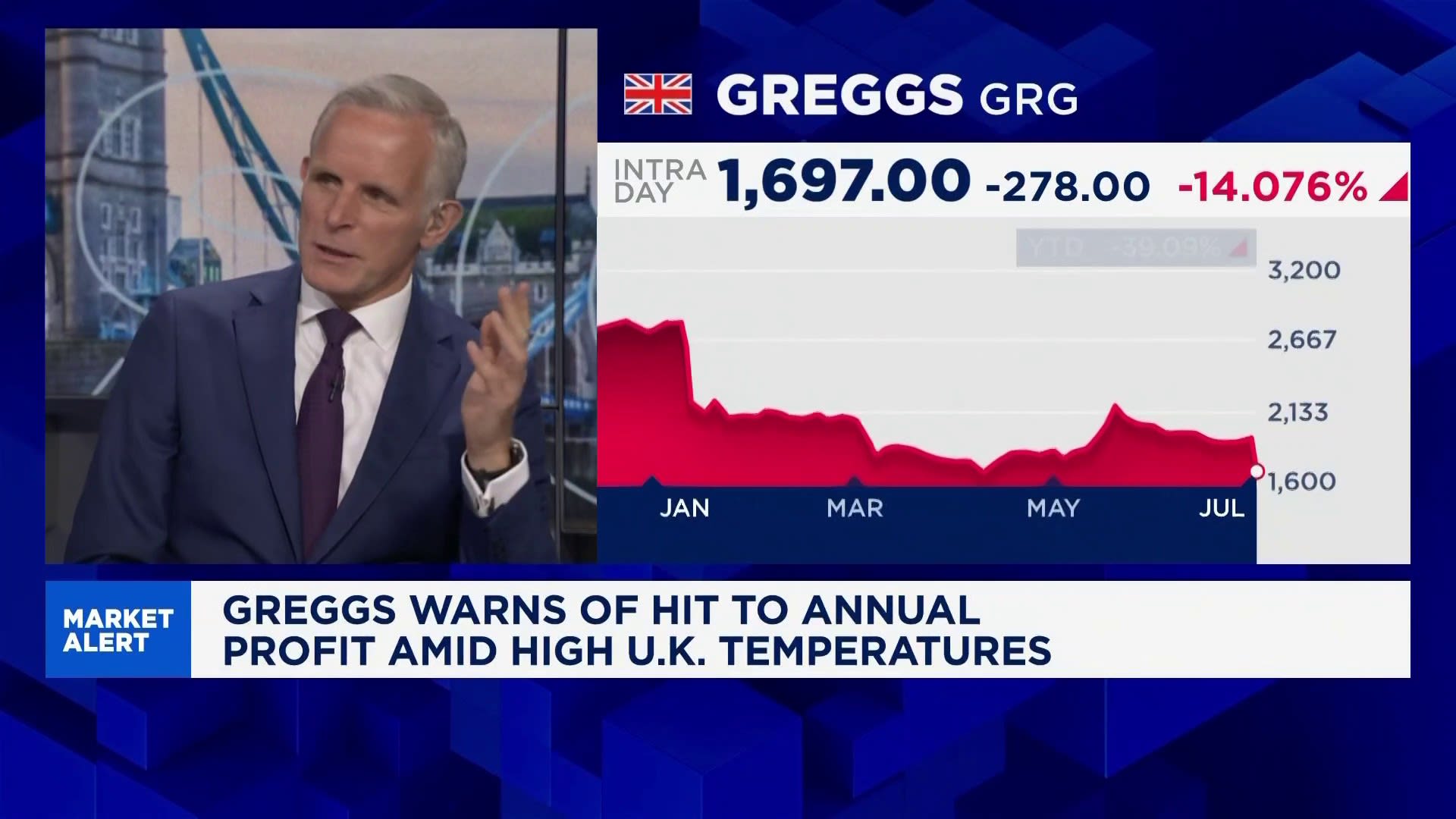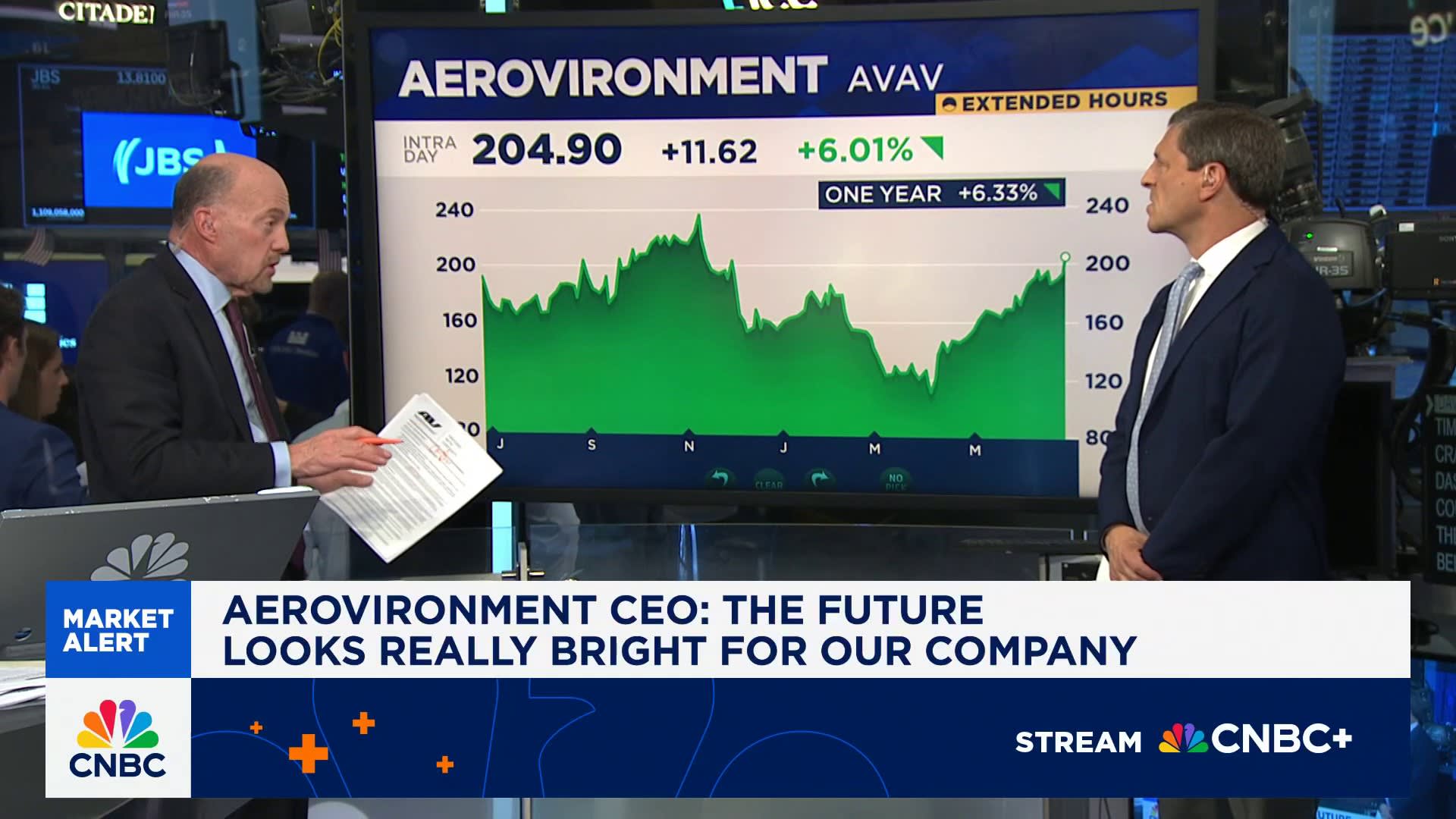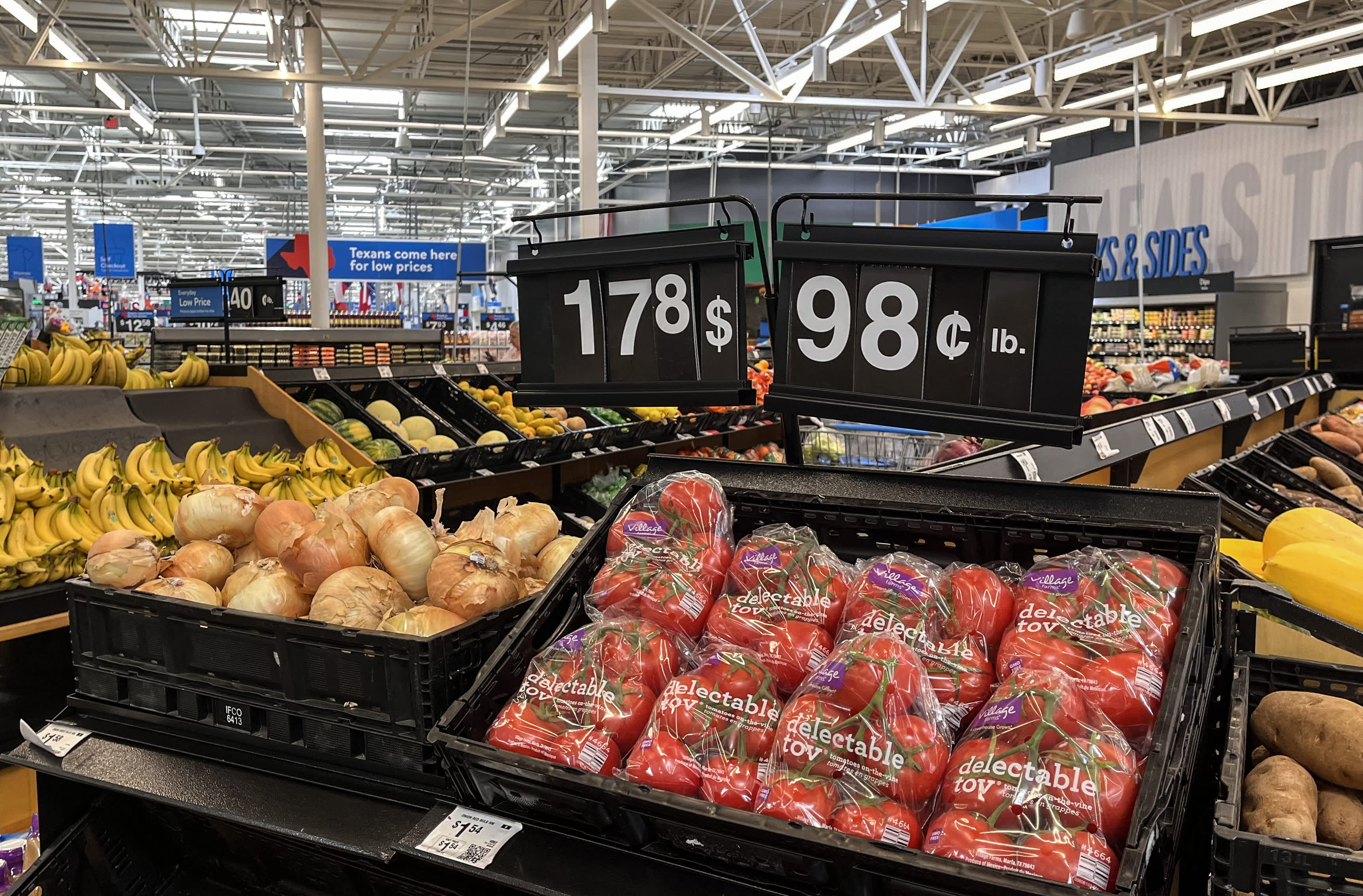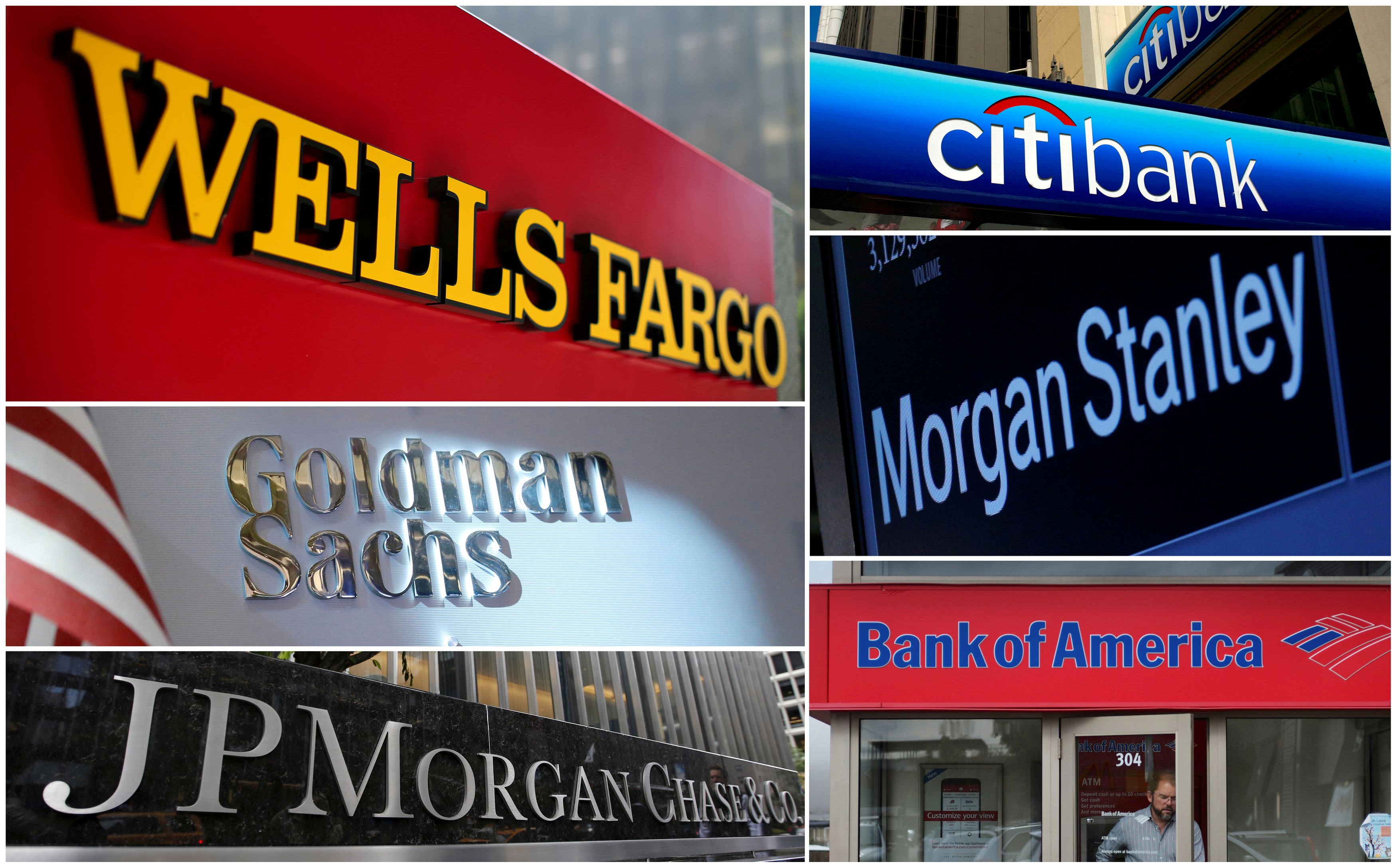Dover on Thursday reported weaker-than-expected third-quarter results, pressuring shares of the industrial conglomerate with ties to AI data centers. We’re not concerned: The company’s recent asset sales is likely causing some confusion about the numbers. Revenue rose 1.3% year over year to $1.98 billion, a tad shy of the $2.05 billion consensus estimate, according to LSEG. Adjusted earnings per share (EPS) in the three months ended Sept. 30 totaled $2.27, missing expectations by 2 cents, LSEG data showed. On an annual basis, EPS increased 6.1%. Shares were down more than 3% in early afternoon trading, to roughly $185 each. The stock closed Wednesday’s session less than 2% below its all-time closing high of $194.88 set a week ago. Dover Why we own it : We own Dover as an industrial turnaround story with exposure to mega-themes, most notably the data center buildout to support artificial intelligence computing. The company’s key products for data centers are thermal connectors and heat exchangers. Dover’s business serving the biopharma industry is another attractive area. Dover’s active portfolio management and commitment to capital returns sweeten the investment case. Competitors : Ingersoll Rand , IDEX Corp ., Snap-On , Veralto , among others Weight in portfolio : 2.67% Most recent buy : Sept. 5, 2024 Initiated : May 28, 2024 Bottom line We’re reiterating our 1 rating and price target of $200 a share. Dover’s pullback Thursday looks like a buying opportunity because the reasons we own the stock, particularly its artificial intelligence exposure, are still fully intact. Plus, the stock reaction may also be influenced by noisiness surrounding the quarter. Management released updated financial targets to account for the sale of its environmental solutions group (ESG), which made things like trash compactors and garbage trucks. That created headlines that implied Dover cut its full-year guidance, but in reality executives warned in advance that sales growth and earnings projections would be altered. We’re also unsure if all the analyst estimates are apples-to-apples comparisons because their models may need refinement to match the new look Dover. These circumstances require us to step back and consider Dover’s performance on the main pillars of our investment thesis — namely, sales of its thermal connectors used in liquid cooling of data center AI servers; the recovery in biopharma activity; and the ability to reshuffle its portfolio to focus on more attractive growth areas. Dover had upbeat things to say on all these areas, with CEO Richard Tobin noting “robust shipments” of thermal connectors in the quarter along with a 30% year-over-year increase in biopharma revenue. Meanwhile, Dover enters 2025 with “significant optionality for capital deployment and/or capital return,” Tobin said. To be sure, we are restricted from trading Dover’s stock for the next 72 hours because Jim Cramer on Thursday mentioned the company on CNBC TV. DOV YTD mountain Dover’s year-to-date stock performance. At a higher level, Dover projected that around 20% of its existing portfolio should grow at a double-digit rate next year, coupled with the alleviation of $300 million worth of headwinds limiting businesses such as can-making and residential heat pumps in Europe. Formal guidance for next year will come later, but for now, those two data points are encouraging. Tobin’s comments on the Federal Reserve’s rate-cutting cycle, which began last month, and the upcoming U.S. presidential election also suggest the operating environment could improve in the quarters ahead. We certainly wouldn’t be surprised to hear other companies, especially in cyclical sectors like industrials, express similar sentiments this earnings season. “I think we would have hoped that interest rates would have had a bigger impact in the second half of ’24 on volume,” Tobin said. “But I think because of election uncertainty and a variety of other things, you can feel a little bit of caution out there.” Quarterly commentary Dover saw year-over-year organic bookings growth of 5% in the quarter — defined as total orders received from customers in the reported period excluding the impact of foreign-exchange rates and divestitures and acquisitions. On the call, Tobin said orders were particularly strong in areas such as clean energy, thermal connectors, CO2 refrigeration systems and biopharma components. Dover considers those areas its “growth platforms,” and their increasing share of the portfolio carries positive implications for Dover’s margins. “We expect that to be an underlying theme as we head into 2025,” Tobin said. The benefits were apparent in the third quarter, with total segment margin coming in at 22.6%, an all-time high for Dover’s consolidated portfolio, according to Tobin. As seen in the chart above, segment margin topped analyst expectations. Organic sales rose 0.3% from the year-ago period, which was lighter than Wall Street expected, analysts at Mizuho Securities said in a note to clients Thursday. Dover’s engineered products segment — a diverse collection of businesses serving end markets such as vehicle repair, aerospace and defense, and industrial automation — reported weaker-than-expected sales of $296.1 million. Tobin said shipment timing hurt the aerospace and defense unit and contributed to margin pressure, as well. Clean energy and fueling — home to products used in transporting and dispensing various fuels including gasoline and compressed natural gas, among others — missed sales estimates. However, Tobin noted that it saw bookings growth and said some of Dover’s recent acquisitions within this segment should help margins into 2025. Finally, the last segment we wanted to highlight is pumps and process solutions, which reported better-than-expected revenues of $472.5 million. This unit houses Dover’s biopharma components business — akin to that of fellow Club holding Danaher — and its thermal connectors for AI servers. Its margins of 29.3% also were stronger than expected. Guidance Dover updated its guidance to reflect the divestiture of its garbage truck and trash compactor business. It now expects adjusted EPS in the range of $8.08 to $8.18 a share, based on revenue growth between 1% and 3%. The prior EPS guide was $9.05 to $9.20, but $1.02 tied to the divested unit needed to be subtracted. That means Dover’s restated EPS outlook was raised by 5 cents at the low end of the range ($8.08 from $8.03). Dover’s free cash flow guidance is unchanged, with executives projecting it will be in the range of 13% to 15% of revenue. (Jim Cramer’s Charitable Trust is long DOV. See here for a full list of the stocks.) As a subscriber to the CNBC Investing Club with Jim Cramer, you will receive a trade alert before Jim makes a trade. Jim waits 45 minutes after sending a trade alert before buying or selling a stock in his charitable trust’s portfolio. If Jim has talked about a stock on CNBC TV, he waits 72 hours after issuing the trade alert before executing the trade. THE ABOVE INVESTING CLUB INFORMATION IS SUBJECT TO OUR TERMS AND CONDITIONS AND PRIVACY POLICY , TOGETHER WITH OUR DISCLAIMER . NO FIDUCIARY OBLIGATION OR DUTY EXISTS, OR IS CREATED, BY VIRTUE OF YOUR RECEIPT OF ANY INFORMATION PROVIDED IN CONNECTION WITH THE INVESTING CLUB. NO SPECIFIC OUTCOME OR PROFIT IS GUARANTEED.
Jason Marz | Moment | Getty Images
Dover on Thursday reported weaker-than-expected third-quarter results, pressuring shares of the industrial conglomerate with ties to AI data centers. We’re not concerned: The company’s recent asset sales is likely causing some confusion about the numbers.






